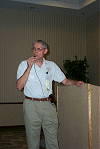|
 29 December 2001 |
|  22 December 2001 |
|
 15 December 2001 |
|
 8 December 2001 |
|
 1 December 2001 |
|
 24 November 2001 |
|
 17 November 2001 |
|
 10 November 2001 |
|
 27 October 2001 |
|  20 October 2001 |
|
 13 October 2001 |
|
 6 October 2001 |
|
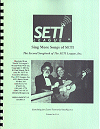 29 September 2001 |
|
 22 September 2001 |
|
 15 September 2001 |
|
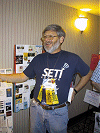 8 September 2001 |
|
 1 September 2001 |
|
 25 August 2001 |
|
 18 August 2001 |
|
 11 August 2001 |
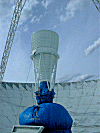 |
|
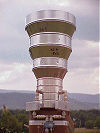 4 August 2001 |
|
 28 July 2001 |
|
 21 July 2001 |
|
14 July 2001 |
|
 7 July 2001 |
|
 30 June 2001 |
|

23 June 2001 |
|

16 June 2001 |
|  9 June 2001 |
|
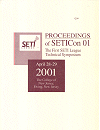 2 June 2001 |
|
 26 May 2001 |
|
 19 May 2001 |
|
 12 May 2001 |
|
 5 May 2001 |
|
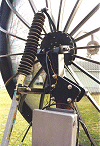 28 April 2001 |
|
 21 April 2001 |
|

14 April 2001 |
|
 7 April 2001 |
|
 31 March 2001 |
|
 24 March 2001 |
|

17 March 2001 |
|
 10 March 2001 |
|  3 March 2001 |
|
 24 February 2001 |
|
 17 February 2001 |
|
 10 February 2001 |
|  3 February 2001 |
|
 27 January 2001 |
|
 20 January 2001 |
|
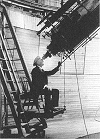 13 January 2001 |
|
 6 January 2001 |
Click here for lots more pictures.
email the Webmaster | entire website copyright © The SETI League, Inc. this page last updated 11 January 2003 |
Top of Page |
 SETI League Photo Gallery
SETI League Photo Gallery